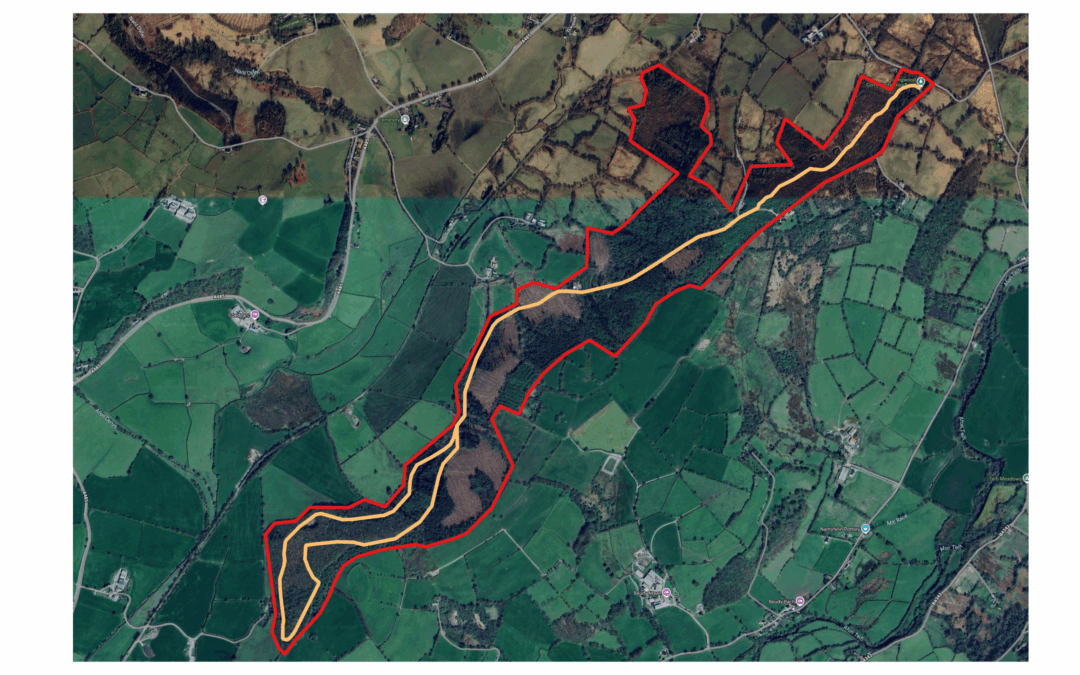Each spring, the Bluebell Trail in Longwood transforms into a breathtaking spectacle. As you step into the woodland, the floor becomes a vibrant carpet of native bluebells, their vivid blue blooms creating a magical under-tree display. These delicate flowers are a hallmark of ancient woodland, thriving only in undisturbed soils. In fact, the presence of bluebells is a clear sign of ancient woodland, highlighting the area’s long-standing ecological history.
Beyond their beauty, bluebells play a crucial role in supporting local pollinators. Bees and other insects rely on them during this brief flowering season, making a walk along the trail not just a visual delight, but an important ecological experience. Visiting at this time offers a gentle reminder of the fleeting rhythms of nature.
The circular walk, starting from the visitor car park, takes roughly three hours, giving ample time to soak in the scenery and explore the trail at a leisurely pace. Along the route, pause in Hobbs’ garden and let the tranquil surroundings wash over you. For those seeking a touch of history, a short detour brings you to the Iron Age hillfort, Castell Allt-goch. From here, panoramic views stretch across the surrounding landscape, offering a glimpse into the area’s ancient past while blending perfectly with the natural beauty of the woodland.
The Bluebell Trail is more than just a walk—it’s a seasonal journey where history, nature, and ecology meet. Between the bursts of bluebells, the buzzing of bees, and the whispers of centuries past, visitors are reminded of the enduring magic of Longwood’s landscapes.
🔵 Bluebell Trail Highlights
-
Duration: Circular walk takes roughly 3 hours from the visitor car park
-
Blooming season: April to May
-
Features: Native bluebells carpeting the woodland floor
-
Significance: Indicator of ancient woodland
-
Benefits: Supports pollinators
-
Bonus: Detour to Castell Allt-goch hillfort

